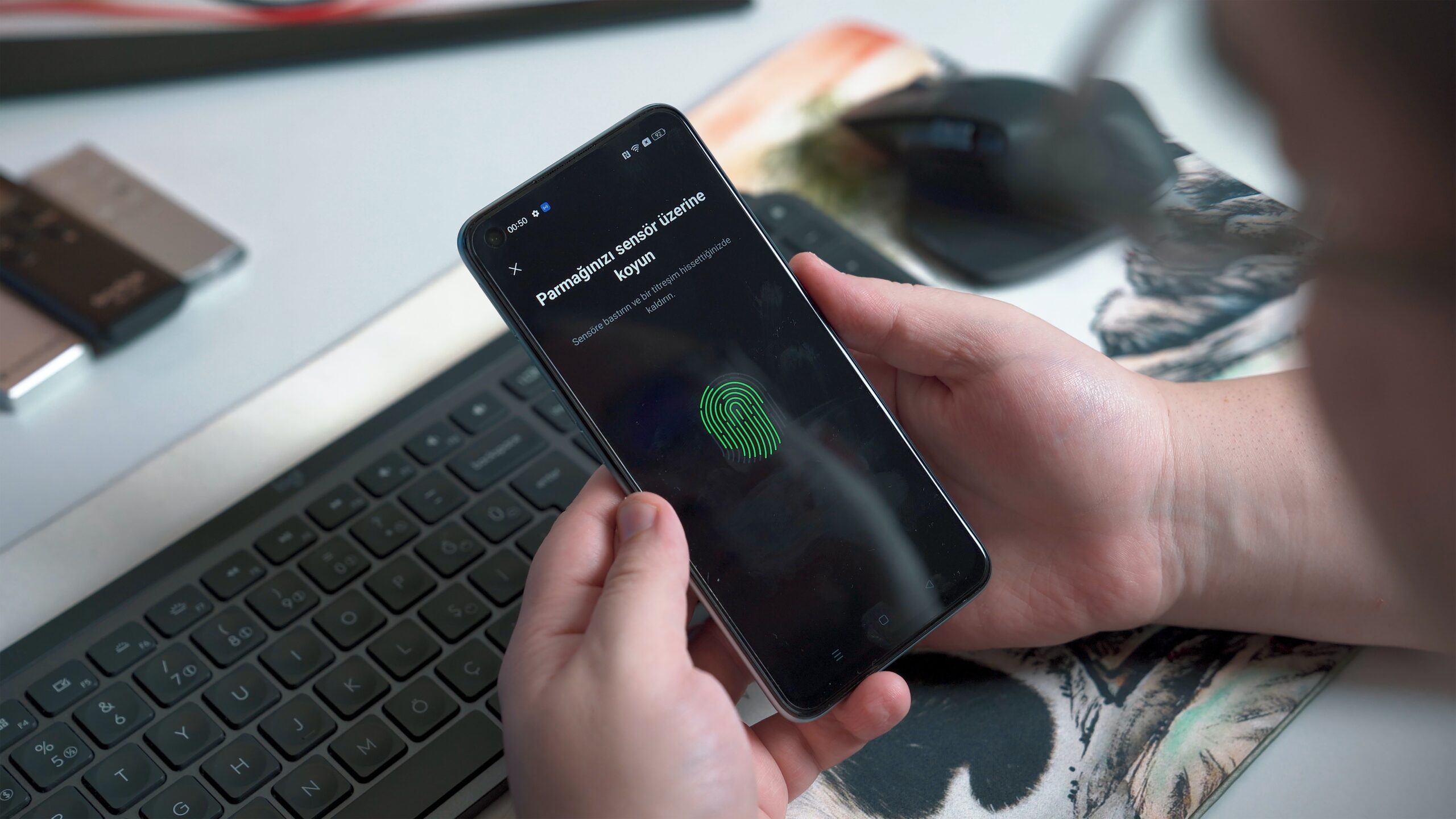Key facts surrounding Fingerprint Scanning

Biometric fingerprint readers are devices that capture and analyze the unique patterns and ridges on an individual's fingertip for identification and access control purposes. They work through a series of steps that involve image capture, feature extraction, and matching. Here's an overview of how biometric fingerprint readers work and their applications in different industries:
[tie_list type="checklist"]
- Image Capture: When a user places their finger on the fingerprint reader, the device's sensor captures an image of the fingertip. The sensor can be optical, capacitive, or ultrasonic, depending on the technology used. Optical sensors use light to capture the fingerprint image, capacitive sensors detect the electrical charge on the ridges, and ultrasonic sensors use sound waves to create a high-resolution image.
- Feature Extraction: Once the fingerprint image is captured, the biometric fingerprint reader software processes it to extract unique features called minutiae points. These minutiae points include ridge endings, bifurcations, and ridge dots. The software analyzes the relative positions and orientations of these points to create a mathematical representation or template of the fingerprint.
- Template Creation and Storage: The extracted fingerprint template is then securely stored in a database. The template is a condensed and encrypted representation of the fingerprint that cannot be reverse-engineered to reconstruct the original fingerprint image.
- Matching: When a user attempts to authenticate or gain access, their fingerprint is captured and processed to create a template in real-time. This template is compared to the templates stored in the database for a match. The matching algorithms analyze the similarities and dissimilarities between the templates to determine if a match exists.
- Authentication and Access Control: If the template from the user's fingerprint matches one in the database within a predefined threshold, authentication is successful, and access is granted. This process typically takes only a few seconds. Biometric fingerprint readers are commonly used in applications such as unlocking smartphones, securing sensitive data, and granting access to restricted areas.
[/tie_list]
The applications of biometric fingerprint readers span various industries:
[tie_list type="lightbulb"]
- Finance: An example fingerprint scanner application is in finance. Fingerprint readers are used for secure login and transaction authorization in online banking, mobile payment apps, and ATMs.
- Healthcare: Fingerprint readers enhance patient identification, secure medical records, and control access to restricted areas within healthcare facilities.
- Government: Fingerprint readers are used for border control, e-passports, voter registration, and identity verification in national identification systems.
- Law Enforcement: Fingerprint readers play a crucial role in criminal investigations by comparing crime scene fingerprints with databases of known offenders.
- Enterprise Security: Fingerprint readers are utilized for employee time and attendance tracking, access control to offices or data centers, and securing confidential information.
- Education: Fingerprint readers are employed in schools and universities for attendance management, library access, and identity verification.
- Transportation: Fingerprint readers are used in airports, train stations, and car rental services to verify passenger identity and enhance security measures.
[/tie_list]
BiometricSupply offers biometric fingerprint readers which provide a high level of security, accuracy, and convenience in verifying personal identity and controlling access. They have become an integral part of various industries, ensuring enhanced security and efficient operations.




